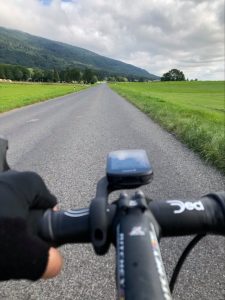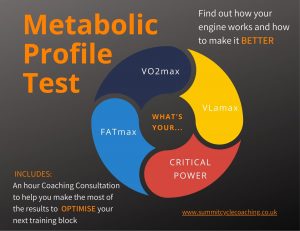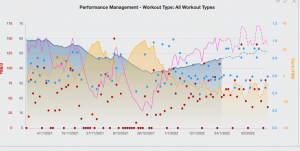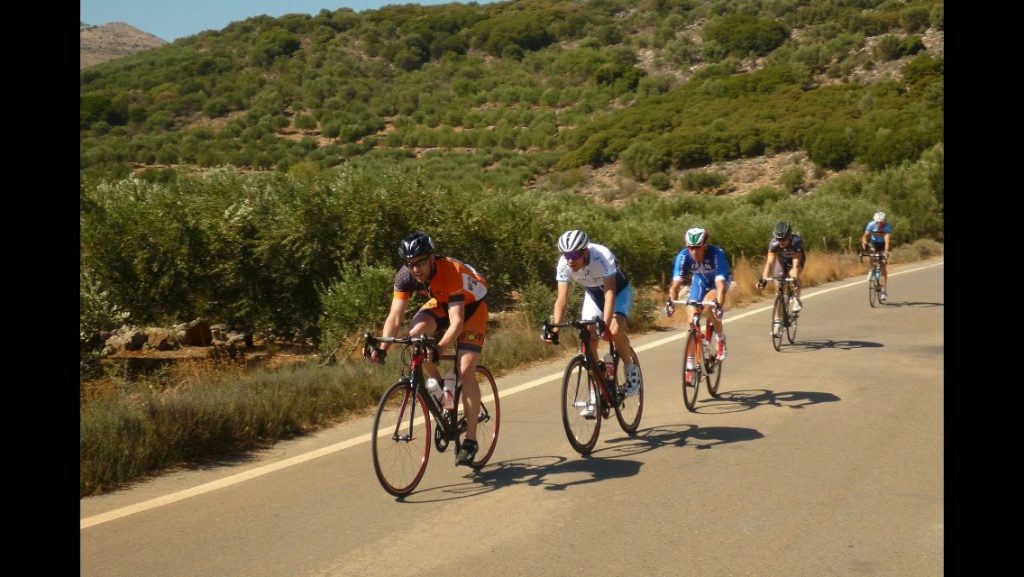Starting Out in Cycling
Or Starting Back After a Break
I had a conversation on Twitter with a Pro rider joking about how when they were starting out in cycling when they knew nothing and listed all the mistakes they made!
- No or insufficient water
- No food
- No cycling shorts
- Pants under cycling shorts!
- No puncture repair kit or spares
- Getting Lost
The talk of epic hunger flat that leave you sitting on a curb or dragging yourself into a petrol station for a sugar hit.
I can relate to them all! I once got stuck after a puncture, hitchhiked home and ran the 8 miles back to pick up my bike from a front garden!!
I have a few clients who like to train hard for part of the year, complete their goals and then not touch the bike for months.
If you are Starting Out in Cycling
The list above is fairly useful. Get the basics right!
- Food and Water
- Tools/Spares and how to use them
- Appropriate Clothing
- I’d also add a well-maintained bike
The latest kit, equipment and looking stylish should be well down the list…
Food
You don’t need anything fancy; it’s not essential to have sports-specific nutrition products bulging your pockets. Take a bit of food for each hour you are planning to be out and eat little and often. Assuming your first rides aren’t epic 6-hour hilly sportives, you won’t need loads, but a flapjack or two, some dried fruit or a couple of cereal bars will stop you getting into trouble.
Water
A bit like food, you don’t need the latest and greatest sports mix in your bottle. For short 1-2 hour rides good old water is perfectly fine. Adding things for flavour is great if you prefer, but not essential.
I was told a bottle an hour when I started (500ml), not a strict rule, obviously depends on the weather a little. But it’s a good starting point and you can adjust as you get more experienced.
Over time you can experiment with electrolytes or carbs in your bottle, especially good on long rides and hoot conditions.
Tools, spares and How to Use them
I’m no maintenance expert, but I did build my bike from scratch. You don’t need to go this far, but you should probably look at making sure you change tyres, innertubes and maybe a chain.
On the bike, I carry a spare inner tube, puncture repair patches, tyre levers, a multi-tool and a pump. I don’t carry a chain splitter, but I probably should!
Appropriate Clothing
This can be tricky because there are a lot of options and a lot cost involved!
You gradually build up what you have over time, but good shorts a couple of base layer options and a jersey with pockets is a good start. Then if the weather is not so good a couple of glove options, arm and leg warmers, rain jacket and overshoes.
Even the most experienced cyclist gets it wrong sometimes, so you have to live and learn when guessing what to wear as you stare out of the window.
Well Maintained Bike
This seems obvious but easily overlooked. It’s well worth getting to know your bike, how your brakes and gears work and how to adjust the basics (Seat, bars, etc).
If you look after your bike, and keep the brakes, gears and chain in good working condition you will massively reduce the chances of having problems out on the road.
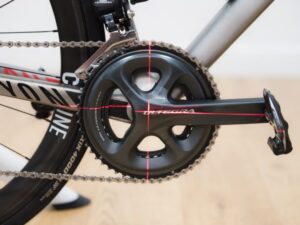
What About the Training Side?
Whether you are completely new to cycling or coming back from a long break, there are some basic principles that will serve you well. It’s rare to have someone completely new to cycling come for coaching, as when you are completely new your awareness of the benefits or think coaching isn’t for you. This is a shame, as that’s probably when you could use it most!
I have a few clients who like to train hard for part of the year, complete their goals and then not touch the bike for months. So we have to get back into things gradually, you do lose fitness relatively quickly, but everyone is different, so you have to figure out where they are. However, there are a few things that are true whether you are new to cycling or returning to cycling.
It’s About the BASICS!
Don’t be lured in by magic intervals that ‘boost fitness in 6 weeks’, or whatever the latest claims are on the front of the magazines. Get the basics right.
There are a few things I like to prioritise:
- Building Good Habits
- Building Frequency
- Building Volume
- Gradually introducing a bit of Intensity
- Sub Max Testing
Building good habits pretty much helps in all areas. This is very individual and very much depends on the person. It can be getting control of bad eating habits or creating new good habits. It could be prepping your clothes, turbo and bottle for an early morning session, which will help get it done with minimal fuss in the morning. It definitely links to the next one, building frequency.
Building Frequency is high on the list as it’s a great way to get back into training without too much stress. Keeping sessions shorter but more frequent is a good way to build fitness and gets you in the habit of getting on the bike regularly. I encourage people to keep sessions relatively short (depending on the individual) so that they don’t get discouraged early on.
Building Volume is the next step; once you’ve had a week or two at your desired frequency, you can start gradually building the volume of the sessions until you reach your desired sustainable load for the period you’re in.
Gradually Introducing a bit of Intensity very much depends on the individual and the time of year. There are lots of different ways to introduce intensity, so finding a way that works for the individual is not usually too difficult. It’s good to gradually start stimulating different intensity levels.
Sub Max Testing is a brilliant way to keep an eye on progress without doing max testing. I’m not a massive fan of loads of max testing, it just doesn’t seem necessary, during the off-season especially. So a sub max ramp test is brilliant. Can be used as a session or as a warm-up and just keeps tabs on where someone is with their fitness.
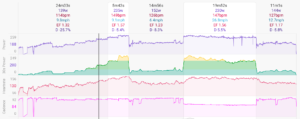
What NOT to do!!
- Don’t think because you only have a few hours, ‘every training session has to be really hard!’
This is the biggest mistake people with limited time make. The simple truth is no one can train like this sustainably. You simply cannot recover fast enough with this approach so you end up digging a big hole for yourself. You either end up overtraining and burning out, plateauing and not reaching your potential or getting illnesses all the time.
You need a mix of different intensities and a training plan that is balanced enough to allow you to sustain it for a long period of time. This is where the big gains are.
- Don’t think just because you only have 30-60 minutes it won’t do anything!
This overlaps with my previous point. Just because you only have 40 minutes to fit in a ride on the turbo it’s not pointless and you don’t have to go flat out to achieve something!!
There’s great benefit in just getting on and riding, if it’s supposed to be an easy day, keep it easy. Save your hard efforts for the hard days.
Even short, easy rides have a good impact on your fitness…DO NOT underestimate them!! It’s a nice stimulus that will create adaptation and as part of a balanced programme have a massive benefit.
Missing these rides because you think they won’t do anything is a huge mistake, as is making them too hard.
- Don’t Believe in the ‘Magic Intervals’
Magazine and internet articles will tell you their intervals will ‘Boost your fitness instantly’ or be a ‘shortcut to massive fitness gains’!! Never believe them!! They may quote scientific articles, but in truth, they are commonly done on untrained students who will respond to just about any training.
Good, long term fitness gains come from a more patient, structured approach that doesn’t have to take all your free time.
…It can be done with limited time and a busy life…

